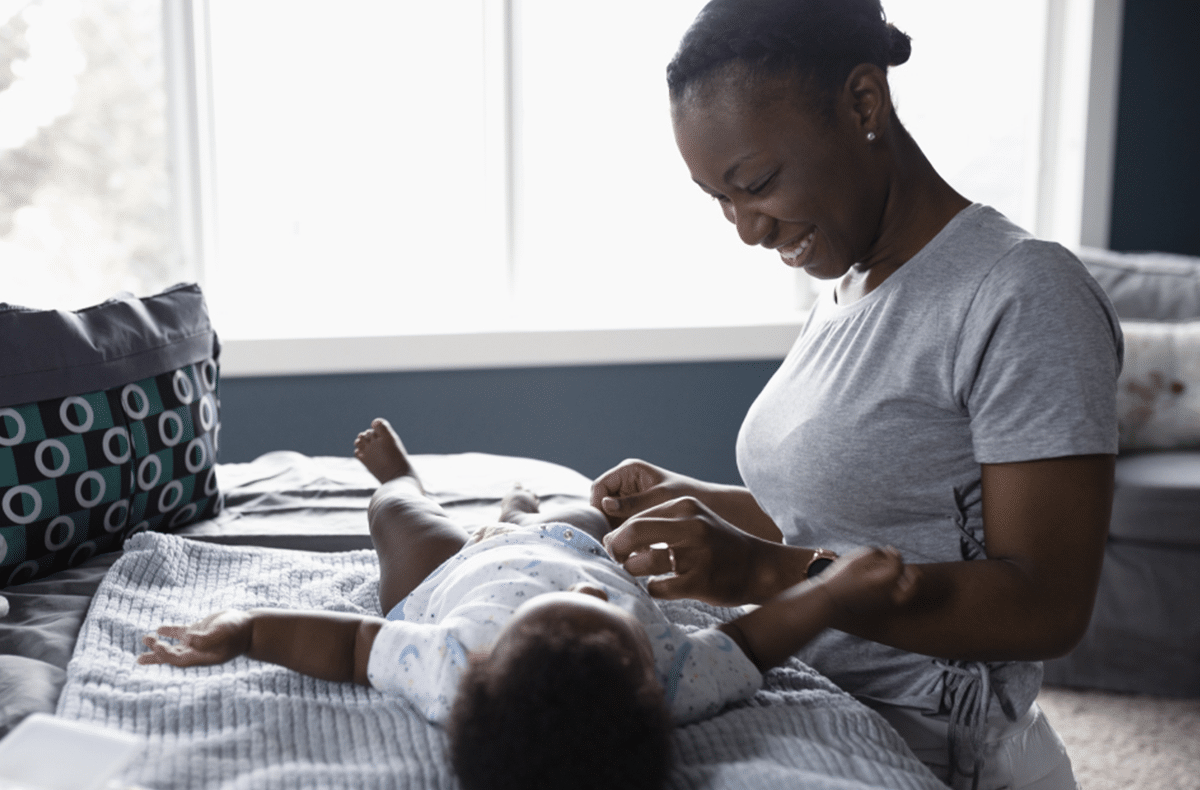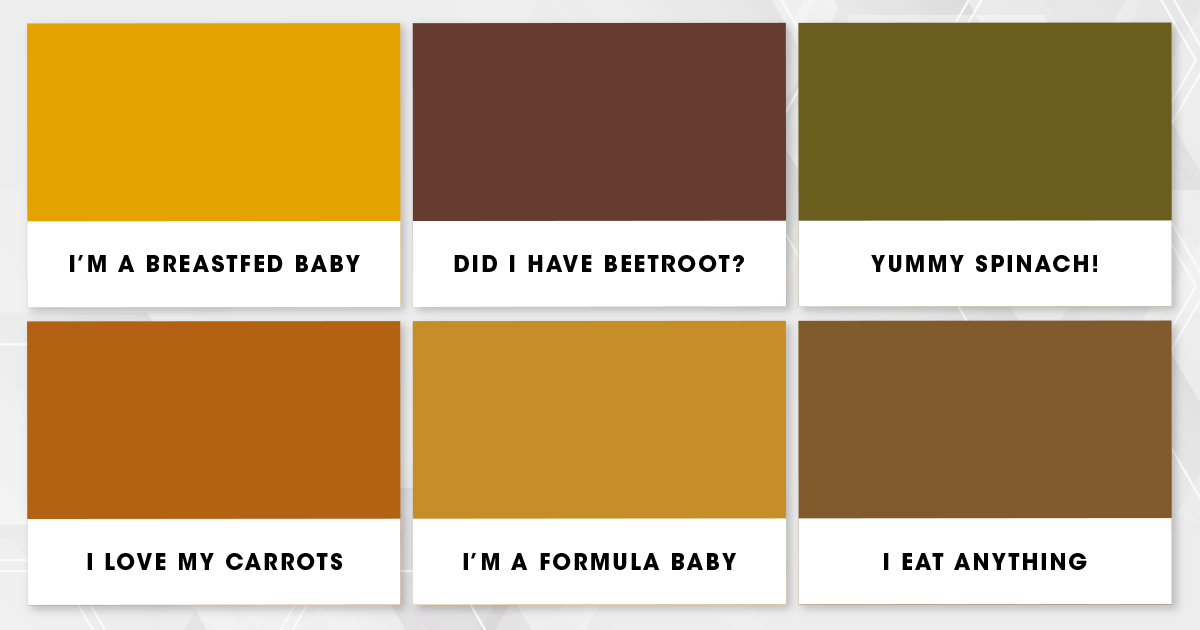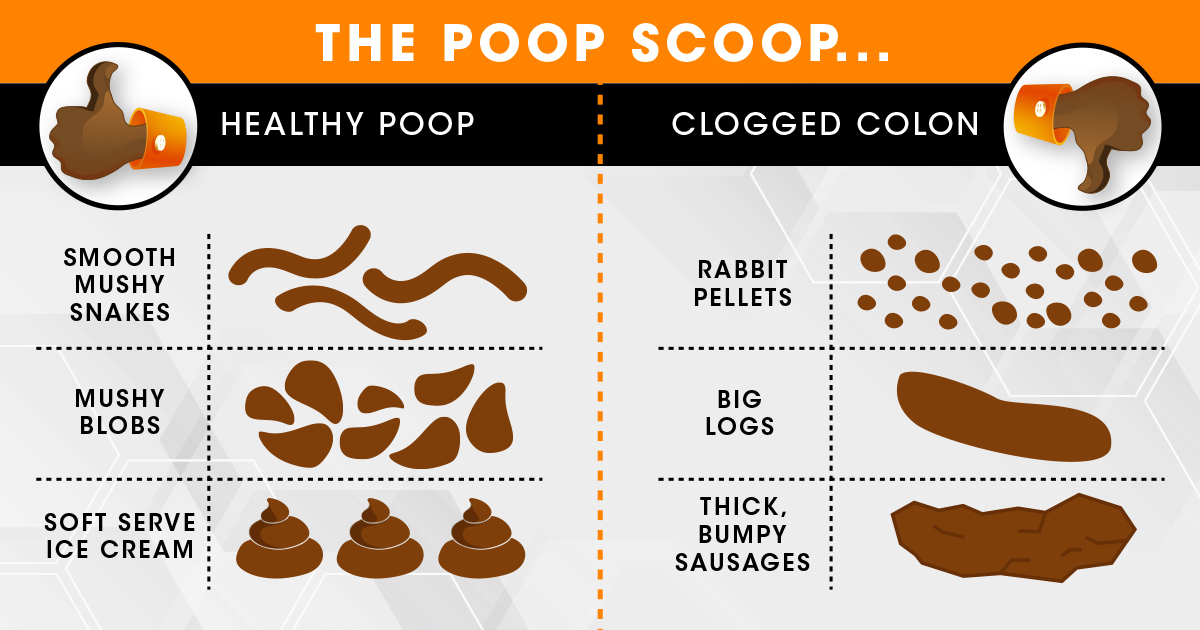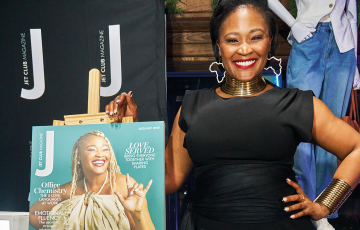What your child’s stools are telling you

A quick peek at your child’s poo can reveal a lot about the health of their gut. Here are basic things to look for in babies and toddlers.
Checking a new baby’s diapers won’t be the most fun you’ll have as a parent, but it’s important. Don’t get a fright if it’s greenish-black and sticky in the early days – that’s called meconium and it’s natural. And at least it doesn’t smell yet.
Poo factors that reveal most about your baby or toddler’s health are consistency, smell, and colour. How often isn’t a big deal, but it’s best if stools move gradually and steadily. Too fast and the body absorbs less nutrition. Too slow and it can cause constipation. Even so, the look is the important part.
THE SHAPE AND TEXTURE
The stool is a rich mix of food broken down, bacteria, shedded cells and bile, a waste product coming from the liver. In babies and toddlers, it can be thick like peanut butter or more like yoghurt. Breast-milk poo usually looks like whole-grain mustard, formula poo more like a pudding.
At any young age, soft stools are the ideal. They can be little worms, blobs or soft ice cream. Logs and pebbles could show constipation. If it can roll around, it’s probably too hard.
When a child has a painful or runny poo, the underlying problem is usually constipation – which is also the biggest cause of sore tummies, pee or poop accidents, bed-wetting and, in young girls, urinary tract infections.
Kids with runny poo more than three times in a day most likely have diarrhoea and need extra liquids and treatment. If it’s not diarrhoea, it may be a sign of things like lactose intolerance, teething, allergies or a bad ear infection. After three days of the runs, your doctor should take a look.
Adults go when they have to, kids sometimes hold in poo. What happens then, is a pile-up in the rectum, the last stop for stools. This can become a hard mass which stretches the rectum and presses on the bladder, causing pee accidents.
Too much stretching can make the rectum floppy. It won’t squeeze down well and some poo stays behind at toilet time. Bacteria spreading from these leftovers to the outside can infect the bladder and lead to urinary tract infections.

THE COLOURS
Your baby’s poo will change from black to a rainbow of colours. Mustard yellow is normal in breastfed babies and orange is fine, also with formula babies. Red could be from something they ate. See if the next stool is okay. If not, talk to a doctor. Shades of green can be from formula, solid foods or iron supplements. That’s fine. White stools could be a sign of a liver issue and grey might mean a digestion problem.
The normal shades of poo in toddlers are brown, tan and yellow. Black should be checked out by a doctor and red could point to a problem unless they’re getting in red foods or colourants. White is rare at this age and needs checking, while green is fine unless it goes with a fever, a runny tummy or any other sudden change in the child.
THE STINKY PART
The longer poo lies in bacteria, the more it will smell. Some babies may have an intolerance or allergy that produces a very sour or bad smell.
Breastfed baby poop shouldn’t really pong and formula might leave just a whiff. That changes a lot when you start with baby food and protein. If you think it’s extremely smelly – and it’s not just you – talk to your doctor.
GETTING IT RIGHT
Eating more fibre-rich fruit and vegetables, drinking more water and being active can go a long way to keep stools healthy.
Also important is good toilet habits. Create a routine – set aside toilet time after meals. Remind a child wrapped up in play that they wanted to go. Think of small rewards for trying to poo, like a book or game that’s only for toilet time or after. And don’t punish a child for accidents.
![]() JET CLUB HELPLINES
JET CLUB HELPLINES
Jet Club members have free access to Jet Club’s helplines. For support and advice on depression or babycare call:
Personal Health Advisor
SA & Namibia
0800 0045 45
Botswana, Lesotho & Swaziland
+2711 991 8258
Related articles

Latest Jet club magazine
We’ve got the latest trends, exciting prizes and exclusive savings just for you!
Jet Club will not pass your details to anyone else. By clicking the subscribe button you confirm you have read and agree to the Jet Club Terms and conditions and Jet Club Privacy Statement.
Subscribe


